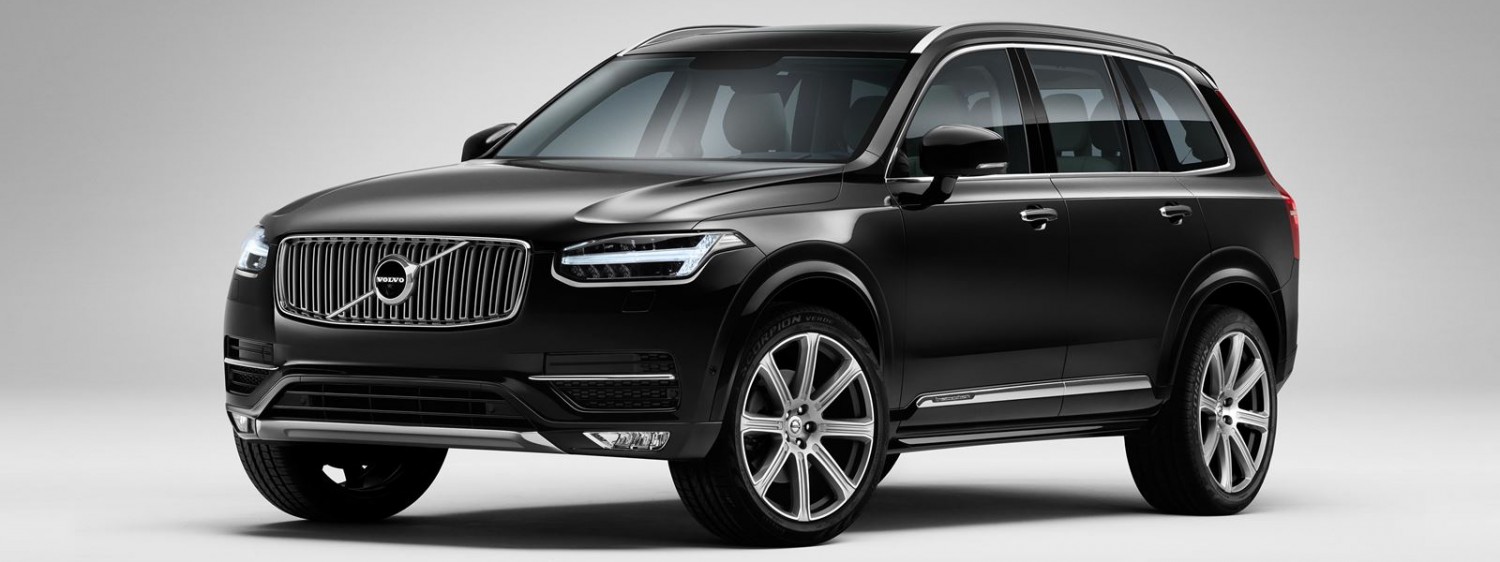
My electricity meter is about fifty years old, and it’s likely that yours is too. Even if it’s new, it probably uses the same ancient technology as mine. Those meters were created for a world with cheap, abundant power. Well, the world has changed…so why hasn’t my electricity meter?
It turns out, that if all United States power companies were to upgrade to new electricity meters today, America would save roughly $35 billion in energy costs over twenty years and it would eliminate the need for around 625 power plants. How could something as simple as an electricity meter suck so bad?
The most significant (though not only) problem with old electricity meters is that they charge you the same amount no matter what time of day it is. Electric utilities keep a constant supply of electricity flowing out into the world in order to maximize the efficiency of the power plants. At night, electricity flies through the grid and, with no one awake to use it, it simply dissipates. Then during peak hours, all electricity produced by large power plants is used. In fact, expensive and inefficient ‘peaker plants’ have to be turned on daily to meet demand.
But none of that matters to me. Running my dryer during the day costs exactly as much as running it at night. So why should I change?
This is why the great green state of California commissioned a study three years ago, in which they switched a few thousand Californians to a new kind of electricity meter that charged higher rates at peak hours and lower rates at off-peak times.
And now, the results are in. People with programmable thermostats decreased their peak power use by as much as 10%, and no consumers in the study didn’t decrease their peak power use substantially. The Brattle Group recently got a hold of this data and they’ve done some economic analysis that knocked my socks off. Their report, which is where I got the statistics above, is shocking.
New meters that enable "dynamic pricing" programs would decrease the energy use of America by 5% minimum. If broader technology applications were put into place, such as in-home power plants, plug-in hybrid-to-grid technology and other so-called "peak shavers" we could decrease the electricity demand of America by 20% in 20 years!
On top of that, the program would eliminate the need for expensive peaker plants, reduce greenhouse emissions, and reduce or eliminate brownouts. More than that, though, i just makes sense that you’d pay more when demand is higher and supply lower. Isn’t that how economics works? Apparently not when you let the snail-paced power companies lead the charge.
Via GreenBiz and The Brattle Group
Check out the full report from: The Power of Five Percent
See Also:
–What is the Electranet–
–The EcoGeek Newsletter–
–Personal Power Plant–









 A lot of us have been waiting to see LED lamps in homes and offices. Good news!
A lot of us have been waiting to see LED lamps in homes and offices. Good news! 